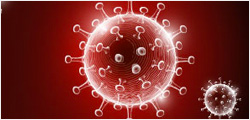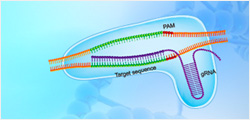TDGF1/Cripto, His, Human
TDGF1 (CRIPTO) is a member of the epidermal growth factor-Cripto-1/FRL-1/Cryptic (EGF/CFC) gene family and an obligate co-receptor involved in NODAL signaling, a developmental program implicated in midline, forebrain, and left-right axis development in model organisms. Cripto-1 is enriched in a subpopulation of embryonal, melanoma, prostate, and pancreatic cancer cells that possess stem-like characteristics. Therefore, Cripto-1 may play a role during developmental EMT, and it may also be involved in the reprogramming of differentiated tumor cells into cancer stem cells through the induction of an EMT program.
| ¥3000 | |
| Z05863-100 | |
|
|
|
|
|
|
|
|
|




































